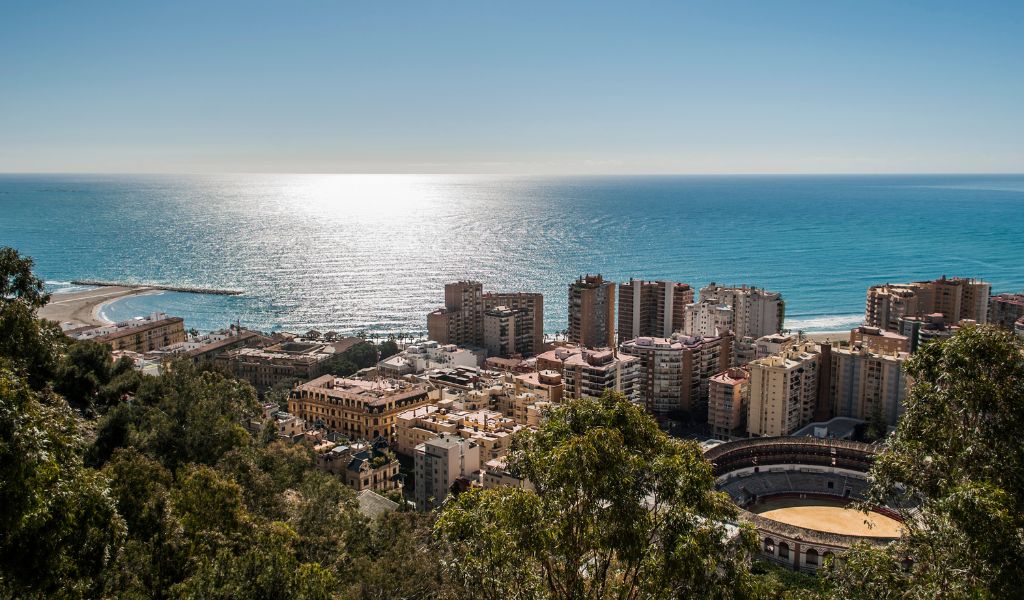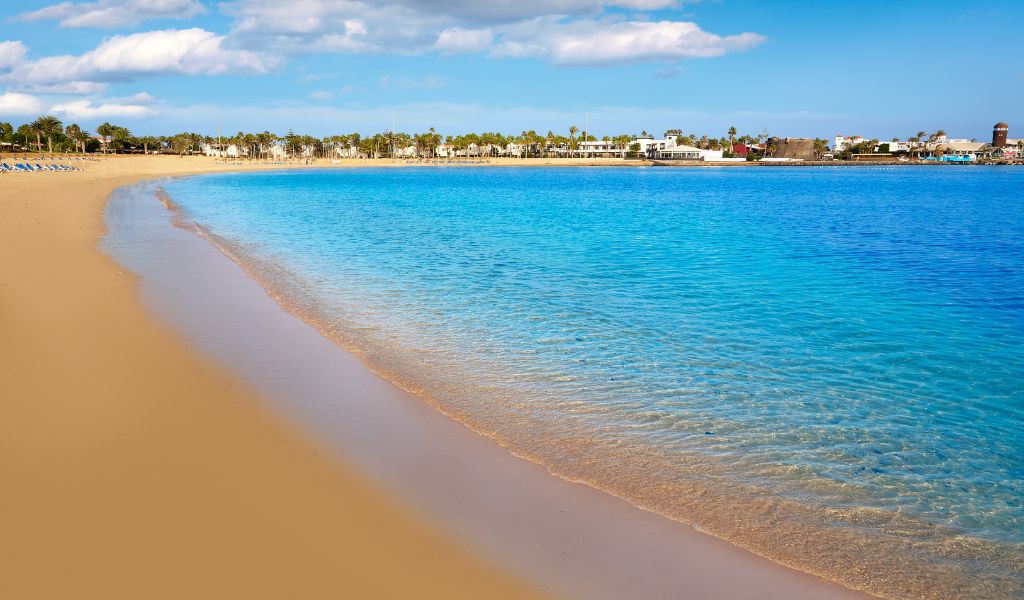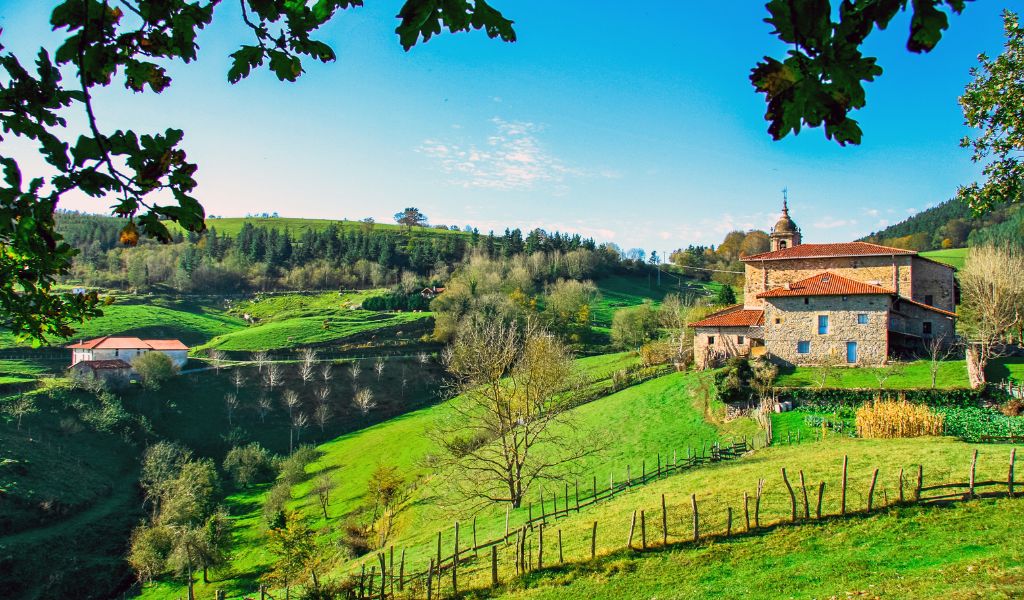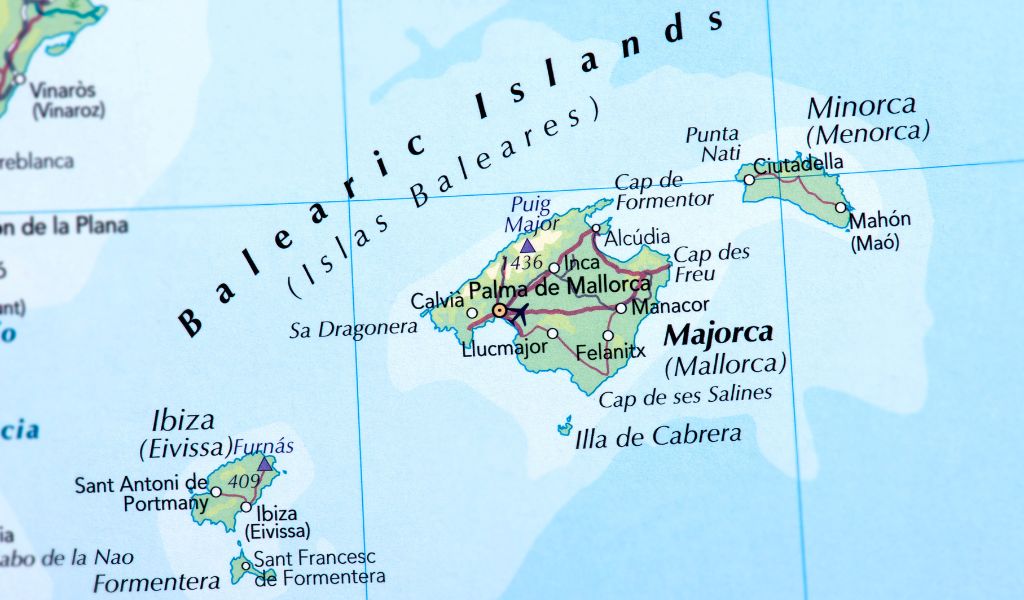Are you planning a trip to Spain and wondering which part of the country has the best weather?
You’re in luck! With its diverse climates, ranging from hot Mediterranean summers on its coasts to milder temperatures in its northern regions, Spain is one of the best destinations for people looking for gorgeous weather all year round.
This blog post will explore some of the most popular destinations in Spain and discuss their climates, so that you can plan your dream vacation accordingly.
The Costa Del Sol

The Costa del Sol is one of the hottest destinations in Spain, boasting an average temperature of 22°C during summer months and up to 27°C during peak season.
The region’s climate is dry and sunny with only slight rainfall throughout the year.
It’s perfect for travelers who want to spend their days soaking up rays on one of Costa del Sol’s renowned beaches or exploring its vibrant cities like Marbella and Malaga.
Andalusia is a popular destination year-round with its mild climate.
Average temperatures range between 5-30°C throughout the year, making it ideal for those looking for warm days and comfortable nights.
This region offers stunning scenery including mountain ranges and villages where you can often rent ‘fincas’ ( ranch style country houses and cottages) and beautiful beaches which are perfect for swimming or sunbathing.
However, those who prefer cooler temperatures should opt for another destination.
The Canary Islands

Another great destination for those looking for warm weather during their stay in Spain is the Canary Islands archipelago.
This archipelago lies just off the coast of Africa and offers year-round temperatures ranging between 18-25°C throughout most months of the year.
The islands are also known for their stunning scenery – especially Tenerife which features picturesque volcanic landscapes as well as sandy beaches perfect for sunbathing or swimming.
Moreover, La Palma Island boasts amazing starry nights due to its low light pollution making it a must-see spot for any stargazing lover.
Basque Country

The Mild Climates of Basque Country & Galicia offer travelers near perfect conditions if they are searching for milder climates without extreme temperatures either way.
The Basque Country, situated in northern parts, consists mainly of coastal towns such as Bilbao & San Sebastián where average temperatures range between 10°C – 20°C.
The summer months provide an ideal climate if you want something less intense than other areas but still want to take advantage of warmer days near coastal destinations.
Galicia, located in the northwest, offers mild temperatures ranging between 10°C – 15°C during the summer months making it perfect if you’re looking for a more rural area with lots of greenery & scenic views.
The Balearic Islands

Finally, visitors looking for an even more enjoyable climate should consider heading south towards Mallorca—one island within the Balearic Islands archipelago which is situated east from mainland Spain.
Average yearly temperature ranges around 23°C with a comfortable mix between hot summers and mild winters compared to other areas of Spain.
The seasons in Spain
•In Spanish summers, temperatures average at least 30°C inland and coastal areas enjoy cool breezes bringing the temperature down to a more bearable level.
• Autumn and Spring are great times to visit Spain with greener landscape, warm sea temperatures of 28 °C and air temperatures of 20 °C in late November.
• During winter, southern coastal areas experience an average 16 ° C while inland gets colder especially in mountainous regions like Madrid or Granada; Canary Islands however remain warm with 25° C on average.
• In spring days get longer as the weather settles down with 15° C inland and 24° C on Southern coastline accompanied by 11 hours sun per day. Easter fairs bring colourfulness throughout Spain making it an ideal time for visiting.
Spring
Spring in Spain is known for its mild temperatures and sunny days.
Tourists flock to the country during this time of year to enjoy the picturesque Mediterranean coastlines and windswept mountain regions alike.
Many areas experience significant amounts of rainfall, but that doesn’t stop locals and tourists from spending hours admiring the spring blooms found in vibrant lavender fields to the north.
In some mountainous parts of the country, snow is still present even while temperatures start to rise, making it an ideal destination for those seeking out activities like skiing, hiking and more.
Whether you’re looking for a nature getaway or an urban escape, there’s something for everyone in Spain during the spring months.
Summer

Summer weather in Spain can be hot, making it the perfect destination for a sun-filled getaway.
Temperatures often reach up to 33C (91F) and there is typically an abundance of sunshine – plenty of hours to take advantage of the beaches, regionally-loved cuisines, and vibrant culture on offer.
Although occasionally dry, storms are possible during summer months due to humid air coming from the Mediterranean Sea that rushes inland over the Iberian Peninsula.
It is recommended to pack appropriate clothing depending on the specific location of your stay as oftentimes temperatures differ considerably between regionals areas within Spain.
For travelers looking for a sizzling summer retreat, Spain has all you need and more.
Autumn
The weather in Spain during the autumn season is generally mild and pleasant.
As summer nights become cooler, you can think about packing a light jumper or long sleeve top for early evening excursions.
Temperatures are usually cooler around highland areas and northern costal towns.
However, most Spanish cities still experience relatively hot days with average temperatures ranging from the mid-teens to high twenties Celsius.
Rainfall is usually higher during these months compared to the rest of the year and typically occurs either in short showers throughout the day or heavy downpours that last a few hours.
All-in-all, autumn in Spain provides good conditions for outdoor activities mostly but be sure to be ready should rain fall unexpectedly as Spanish rainstorms often come quickly and are intense yet brief.
Winter
Winter in Spain typically has mild temperatures due to its proximity to the Mediterranean Sea.
Average temperatures during the winter months range from 46°F (8°C) to 51°F (11°C), and snowfall is a rare occurrence in most of the country.
In mountainous areas, however, snow is much more common and ideal for skiing enthusiasts.
For those looking for warmer climates during winter months, the islands of Ibiza and Mallorca remain relatively warm, with temperatures averaging around 60°F (15°C).
Regardless of where you are in Spain, one should expect strong winds when visiting during winter months, as storms often bring gusts that can reach 20-25 mph (32-41 km/h).

Final Words
Overall Spain has a diverse climate, with different regions experiencing different weather patterns.
In general, the annual climate in Spain is characterized by warm to hot summers and mild to cool winters.
The coastal areas have a Mediterranean climate, with mild winters and warm summers, while the interior regions have a more continental climate, with cold winters and hot summers.
Rainfall varies throughout the country, with the northwest receiving the most rainfall, and the southeast receiving the least.
The southern regions are known for their hot and dry summers, with temperatures often reaching above 40 degree Celsius.
Overall, Spain’s climate is ideal for outdoor activities and tourism, with plenty of sunshine and mild temperatures throughout the year.

